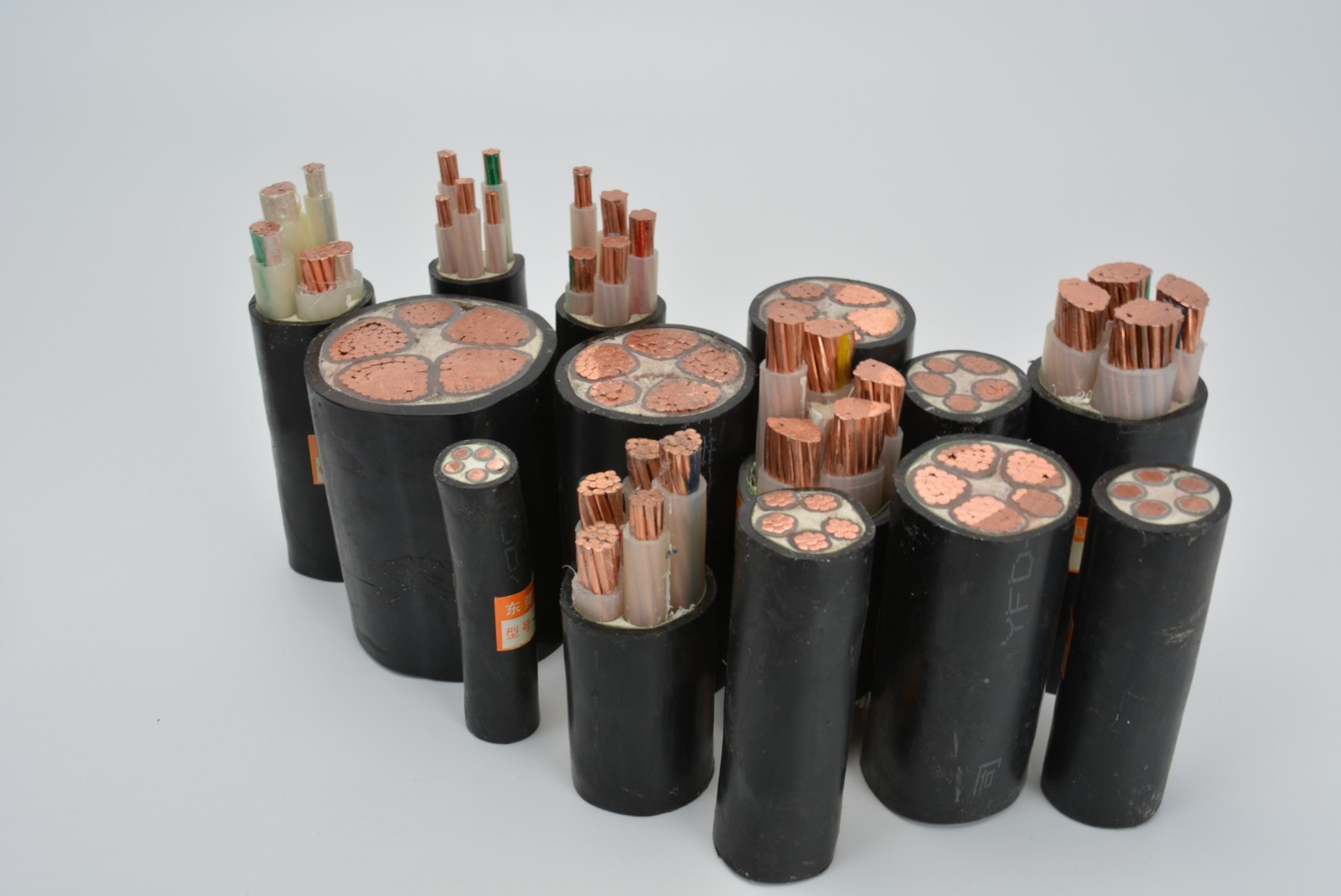High-voltage cable is a type of power cable, which refers to a power cable used to transmit between 1kv and 1000kv. And it is mostly used for power transmission and distribution.
The components of the HV cable from the inside to the outside include a conductor, insulation, internal sheath, filler (armor), and external sheath. Of course, the armored high-voltage cable is mainly used for underground burial, which can resist high compression on the surface and prevent damage caused by other external forces.
Cables are used to connect power supply equipment and electrical equipment and play a role in transmitting electrical energy.
It is widely used, but it often fails. The following is a brief analysis of the causes of common problems with high-voltage cables. According to the reasons for the failures, they can be divided into the following categories: the reasons for the manufacturer's production, and the reasons for the quality of the product.

Manufacturers' manufacturing reasons fall into three categories: cable body reasons, cable joint reasons, and cable grounding system reasons.
* Reasons for Cable Body Manufacturing
In general, the problems that may occur in the cable production process are insulation eccentricity, uneven insulation shield thickness, impurities in the insulation, the protrusion on the inner and outer shield layer, uneven crosslinking, damp cable, poor sealing, cable metal sheath, etc.
In some cases, failure may occur during completed testing or shortly after commissioning. Most of them exist in the form of defects in the cable system, which will cause serious hidden danger to the long-term use of the safe operation of the cable.
* Reasons for Making Cable Joints
High-voltage cable joints used in the past for wrapping, molding, molding, required a lot of fieldwork.
And because of the limitations of site conditions and manufacturing process, there will inevitably be air gap tape layer and impurities between the insulation layer, so it is easy to appear problems.
In China, the commonly used types are assembled and prefabricated.
The cable joint is divided into: the cable terminal joint and the middle terminal cable joint.
Regardless of the type of joint, cable joint failure usually occurs when the cable insulation shield is broken, because this is where the electrical stress is concentrated, and the cause of cable joint failure due to manufacturing reasons is stress.
There are also cone manufacturing defects, insulation packing problems, leakage of the sealing ring, etc
* Cable Grounding System
The cable grounding system includes the cable grounding box, the cable grounding protection box (with a protective layer), the cable cross interconnection box, and the protective layer protector.
Generally speaking, the problems that are prone to occur are mainly due to the poor sealing of the box and the water entering the ground, resulting in excessive current induced by the metal sheath.
In addition, problems include an unreasonable selection of parameters or poor quality of the protective layer protector. Or unstable zinc oxide crystals can easily damage the protective layer.
There are many examples of high-voltage cable system failure due to construction quality.
The main reasons are as follows:
1. The site conditions are relatively poor. The environment and process requirements for cables and connectors are very high during factory production, and the temperature, humidity, and dust on the construction site are not easy to control.
2. It is inevitable that small slip marks will be left on the insulating surface during cable construction. The semi-conductive particles and sand on the emery cloth can also be embedded in the insulator.
In addition, since the insulation material is exposed to the air during the joint construction process, the insulation material will also be sucked in moisture, which will leave hidden dangers for long-term safe operation.
3. It is because the installation process did not strictly follow or did not take into account the possible problems of the process regulations.
4. The DC withstand voltage test is used in the complete acceptance test, resulting in the formation of a back electric field at the joint and causing insulation damage.
5. It is caused by improper sealing treatment. The intermediate joint must use a metal copper shell, PE, or PVC insulating anticorrosive layer sealing structure to ensure the airtightness of the lead seal on site, and effectively ensure the sealing and waterproof performance of the joint.